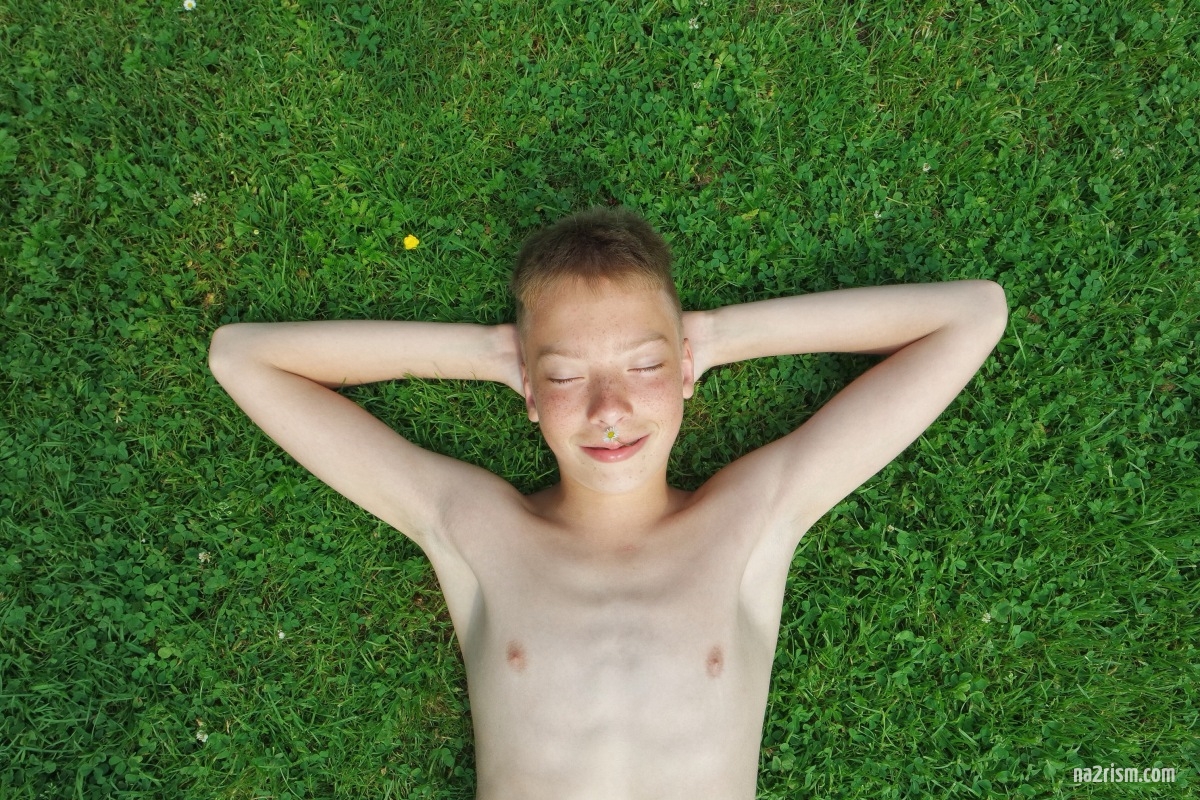Introducing children to nudism is a journey that requires sensitivity, openness, and a deep understanding of the values and principles behind the lifestyle. Nudism, at its core, is about freedom, body positivity, and a strong connection to nature. When approached thoughtfully, introducing children to this way of life can instill in them a sense of confidence, self-acceptance, and respect for others.
The foundation of introducing children to nudism begins with the home environment. Children naturally look to their parents as role models, absorbing attitudes and behaviors. Therefore, it is essential that parents themselves are comfortable with nudism and approach the subject with ease. Creating a household where nudity is normalized and not associated with shame or embarrassment sets a positive example for children. This does not mean that nudity needs to be constant but rather that it is presented as a natural and accepted part of life.
Communication plays a pivotal role in this process. Children are naturally curious and will likely have questions. It is important to answer these questions honestly and in a way that is appropriate for their age and level of understanding. Explaining nudism in simple terms — such as emphasizing the comfort of being without clothes, the importance of accepting all body types, and the idea that the human body is nothing to be ashamed of — can help children grasp the concept without feeling confused or overwhelmed.
As children grow and their understanding deepens, conversations about nudism can evolve. It’s important to talk about the social aspects of nudism, such as respect for others’ boundaries and the differences between private and public spaces. These discussions should be framed in a way that encourages empathy and understanding, reinforcing the idea that nudism is about comfort and naturalness rather than anything inappropriate.
Another key aspect of introducing children to nudism is providing opportunities for them to experience it in a positive and supportive environment. Family nudist resorts or beaches can offer a safe space where children can see others who share this lifestyle. These environments often emphasize community, acceptance, and respect, helping children to see nudism as a normal and enjoyable part of life. Parents should ensure that any environment they bring their children into is one where nudism is practiced with the right intentions and where the community’s values align with their own.
It’s also crucial to consider the child’s feelings and readiness. Not all children will be comfortable with nudism right away, and that’s okay. Forcing a child to participate can lead to discomfort or even resentment. Instead, it is important to be patient and supportive, allowing the child to explore nudism at their own pace. Parents should be attentive to their child’s cues, providing reassurance and gentle encouragement while never pressuring them to conform to the lifestyle if they are not ready or interested.
Education is another significant element. Children should be taught about the human body in an age-appropriate way that promotes a healthy self-image and understanding of bodily autonomy. Discussing how different cultures view nudity and body image can provide a broader perspective, helping children to understand that nudism is just one of many ways people relate to their bodies. This broader understanding can foster a sense of openness and acceptance, not just towards nudism, but towards different ways of life and beliefs.
In addition to the practical aspects, parents should also focus on the emotional and psychological benefits of nudism. For many children, growing up in a nudist environment can lead to greater self-confidence and a more positive body image. By removing the societal pressures associated with clothing and appearance, children can learn to value themselves and others for who they are, rather than how they look. This can be particularly important during the adolescent years, when body image issues often become more pronounced.
Lastly, it’s important to understand that introducing children to nudism is a personal choice that should be made with care and consideration. Parents should be clear about their own reasons for choosing this lifestyle and be prepared to discuss these reasons with their children. By approaching the subject with honesty, respect, and openness, parents can help their children develop a healthy relationship with their bodies and a deeper understanding of the values that underlie the nudist lifestyle.
In conclusion, introducing children to nudism is not about forcing a way of life upon them, but rather about providing them with the tools and understanding they need to make informed choices about their own bodies and lives. It is about fostering an environment of acceptance, respect, and openness, where children can grow up free from the shame and stigma often associated with the human body. Through careful guidance, open communication, and a supportive environment, parents can help their children embrace nudism in a way that is healthy, positive, and enriching.

